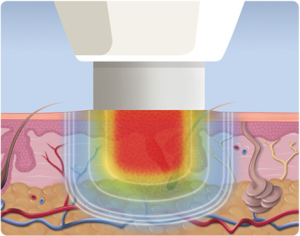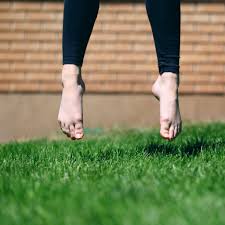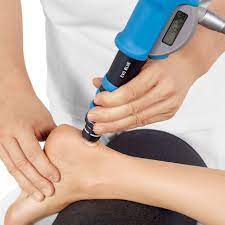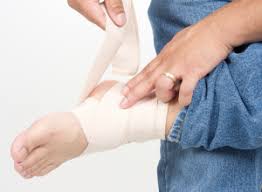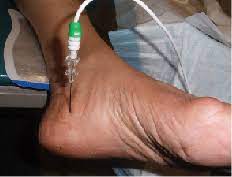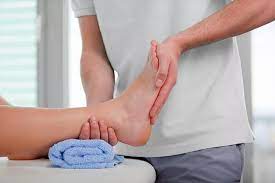
Yoga can be a great way to improve foot health by promoting strength, flexibility, and circulation in the feet. Here are some yoga poses that can be beneficial for foot health:
- Tadasana (Mountain Pose): This pose helps to promote proper alignment and balance in the feet and ankles, while also improving circulation and reducing inflammation.
- Vrksasana (Tree Pose): This pose helps to strengthen the feet and improve balance and stability.
- Malasana (Squat Pose): This pose helps to stretch and strengthen the ankles and feet, while also improving flexibility in the hips and knees.
- Virasana (Hero Pose): This pose helps to stretch and strengthen the ankles and feet, while also improving circulation in the lower legs.
- Ananda Balasana (Happy Baby Pose): This pose helps to stretch and release tension in the feet, while also improving flexibility in the hips and lower back.
It’s important to remember to listen to your body and not push yourself too hard in any yoga pose. If you experience any pain or discomfort, it’s best to modify the pose or seek guidance from a certified yoga instructor or healthcare provider. Additionally, wearing proper footwear and taking breaks to stretch and move your feet throughout the day can also help to promote foot health.

